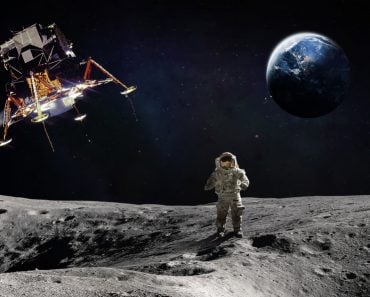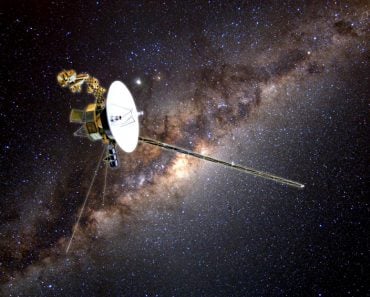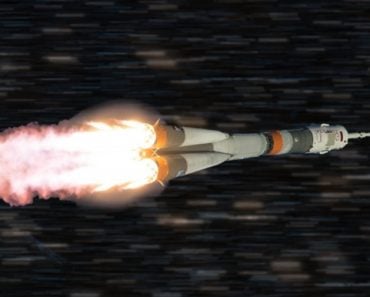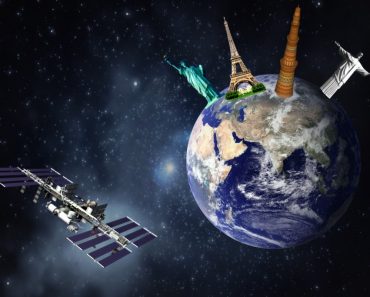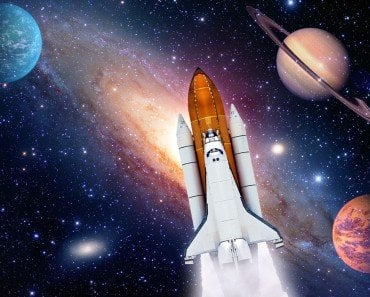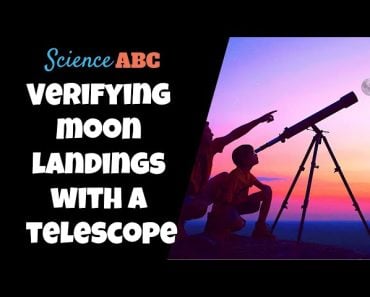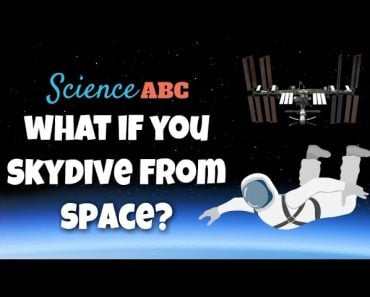Table of Contents (click to expand)
The astronauts of the Apollo 13 moon mission hold the record of traveling the farthest in space. However, manmade objects have traveled much farther than that!
Humans have always been curious about exploring new places and pushing the boundaries of what we know. From the depths of the oceans to the vast expanse of space, we are perennially eager to explore the unexplored.
However, space is unimaginably vast, and it isn’t easy to comprehend just how far humans have managed to travel.
There are two ways to answer this question: by looking at how far humans have traveled in space (with crewed missions) or by examining the most distant human-made object sent into space (with uncrewed missions).
This article will explore both of these achievements.
Humans have designed various space missions and travelled to space on many occasions, including the missions that landed the first person on the Moon (the Apollo mission) and the Space Shuttle program.
Recommended Video for you:
Apollo 13 Moon Mission
As for the mission that led to humans having traveled farthest from the Earth, that distinction goes to Apollo 13 and the three astronauts onboard: John “Jack” Swigert, Fred Haise and James Lovell.
Quite interestingly, Apollo 13 was the third mission that intended to land a human on the Moon. However, an explosion on the third day of the mission led to the abandonment of Apollo 13’s moon landing plans.
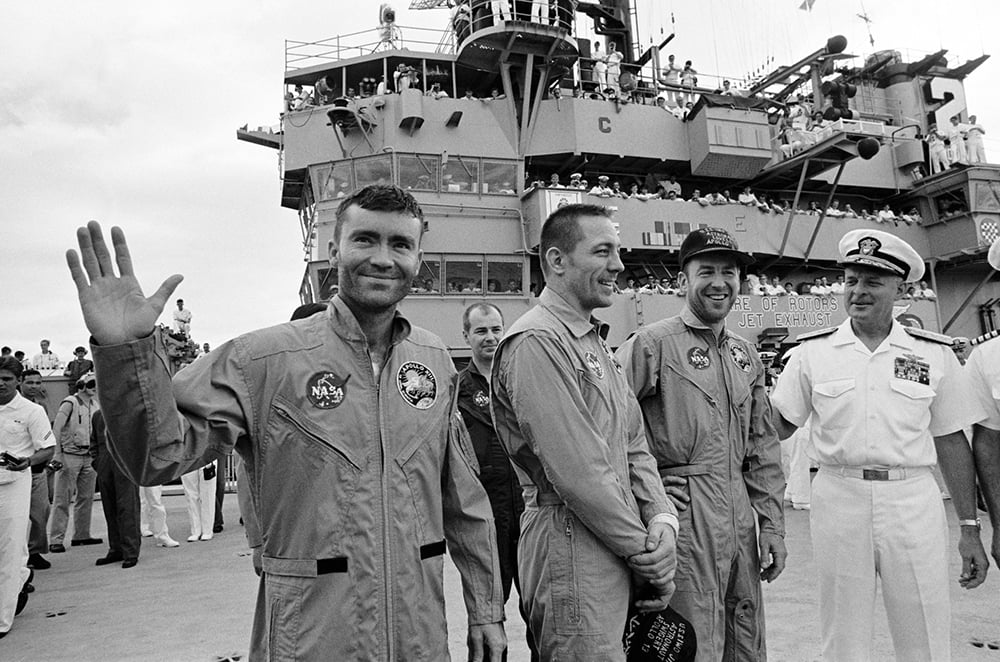
The explosion occurred in an oxygen tank, which then caused another oxygen tank to fail. At one point, James Lovell, one of the astronauts inside the Apollo 13 module, remarked that he was seeing a gas (which turned out to be oxygen) venting from the tank.
The blast caused two of the three fuel cells to fail and compromised the command module’s (CM) source of electricity, light and water. Eventually, all three fuel cells would die out.
To ensure the survival of the three astronauts onboard, they had to vacate the CM and move to the Lunar Module (LM), which was still intact. The LM is the part of the spacecraft that was supposed to land the astronauts on the Moon.
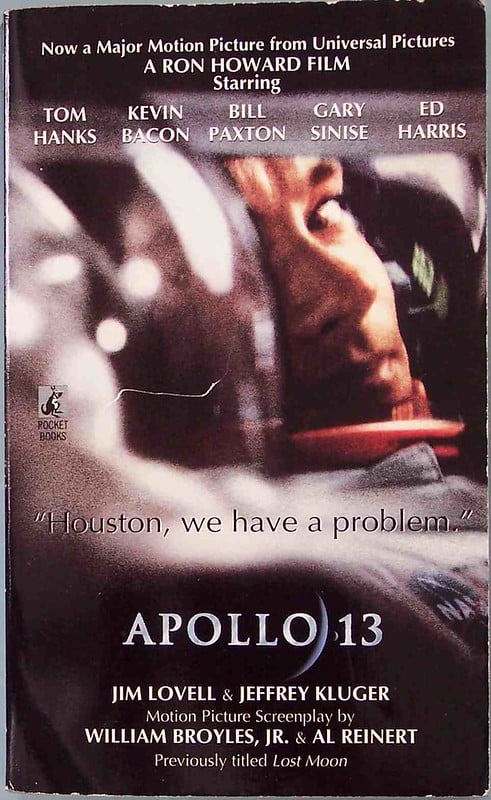
While the astronauts were safe for the time being inside the LM, the mission controllers in Houston needed to find a way to bring them back to Earth. Thankfully, they did, and eventually brought the astronauts safely back home.
Amid all this chaos, the Apollo 13 crew earned the record of being the most distant humans from Earth. They achieved this when they traveled to the far side of the Moon, during their maneuver coming back to Earth. At that point, the three astronauts were around 248,655 miles from Earth and hold the record for the farthest distance humans have ever travelled into the depths of space.
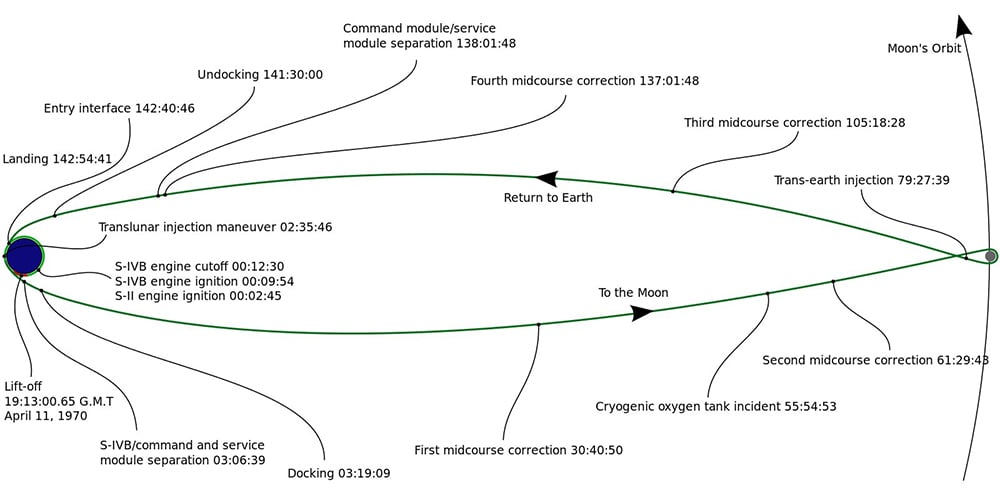
Artemis I
More recently, during the Artemis I mission, the Orion spacecraft crossed the same distance that Apollo 13 once reached.
While the Orion did not carry any human beings, it did have a suited mannequin onboard. The mannequin is officially named Commander Moonikin Campos, after Arturo Campos, an electrical engineer and one of the key players in bringing the Apollo 13 crew safely back to Earth.
The Artemis mission is a sequel to the Apollo mission, and a key part of plans to return humans to the lunar surface. There are even talks of setting up a base on the Moon, which could serve as a platform to send humans onward to Mars. Therefore, it seems plausible that we may surpass Apollo 13’s record in the future…
It’s only a matter of when!
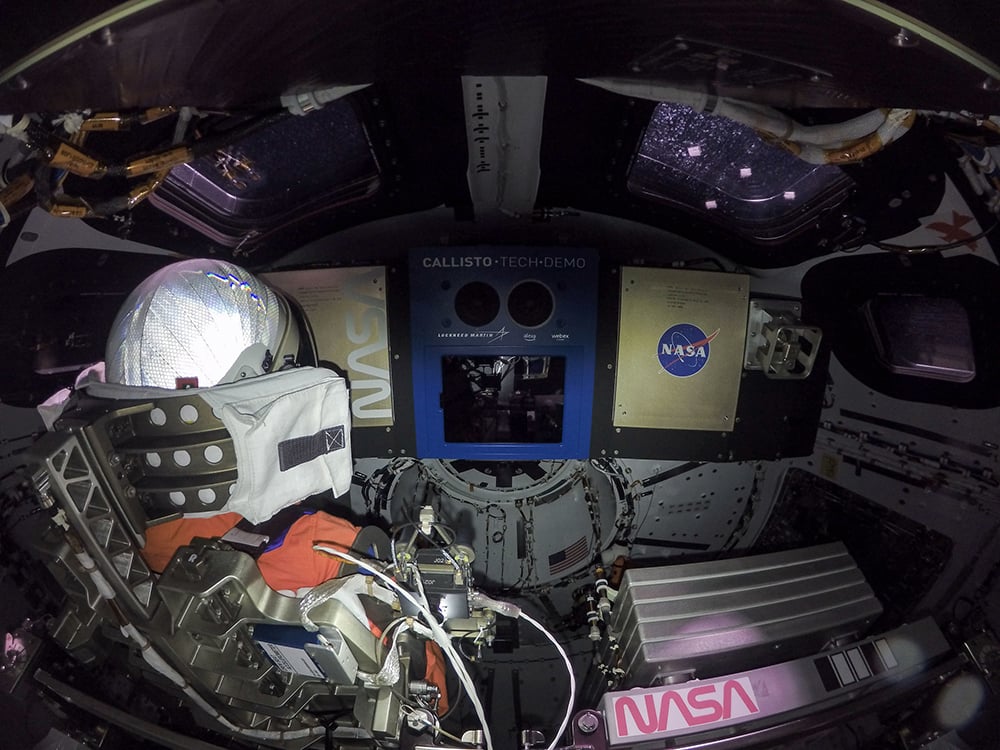
The Most Distant Manmade Object In Space
Now that we have dealt with the farthest distance humans have traveled into space, we can now look into the most distant object in space made by human beings.
This record is held by Voyager 1. As of January 1, 2024, it is located at a distance of slightly more than 162 AU from the Sun.
Voyager 1’s sibling, Voyager 2, comes in second at a distance of more than 135 AU from the Sun (as of January 1, 2024). These twin space probes were launched separately in August and September of 1977 from Cape Canaveral, Florida. In their forty-year journey, the two space probes have completed many missions and critical achievements.
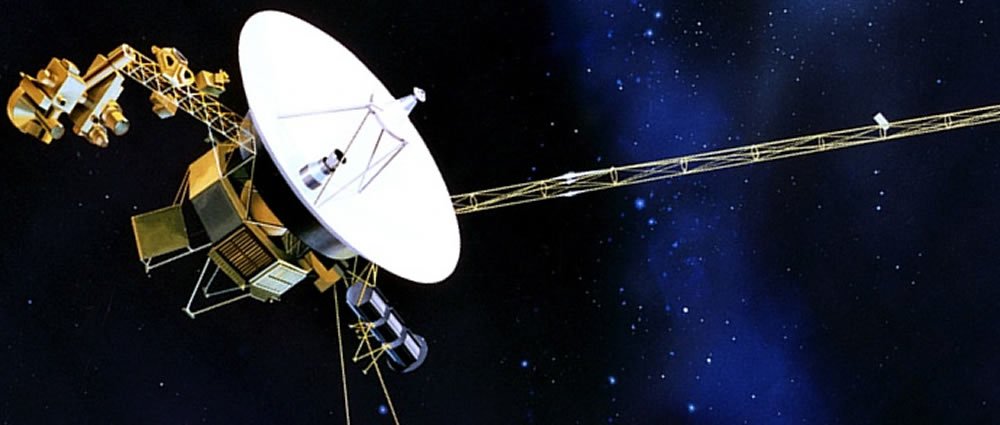
Their initial mission objective was to explore Jupiter and Saturn, their moons, and the rings of Saturn. Voyager 2 went on to pass by Uranus and Neptune and continued in that direction. However, Voyager 1 took a path that would make it fly in a direction perpendicular to Voyager 2’s path and out of the plane of the solar system. Voyager 1 took this tangential route after flying past Saturn.
Currently, both Voyagers have crossed the heliosphere. The heliosphere technically represents the last frontier of our solar system and mainly consists of solar wind and charged particles emitted by the Sun. It is about three times the distance of Pluto from the Sun. The region beyond the heliosphere is called the interstellar medium (ISM). The Voyager probes are officially in the ISM right now.
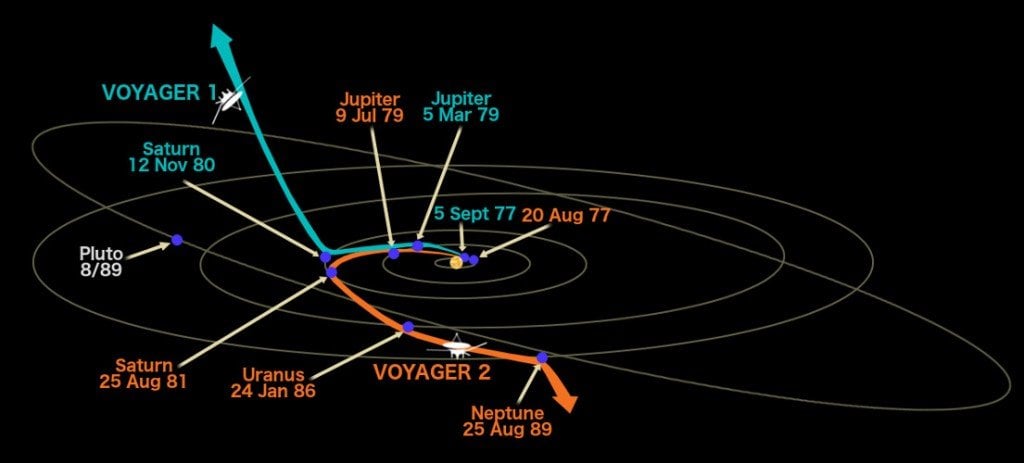
The Voyagers’ current mission is to gather whatever data it can about the ISM and transmit it back to Earth. Due to the massive distances involved, there has been some difficulty in communicating this information. On July 21, 2023, some commands sent to Voyager 2 caused its antenna to turn 2 degrees away from Earth. It wasn’t until August 4, 2023 that the mission controllers performed the required correction, and communications between Voyager 2 and the NASA Deep Space Network resumed.
The Voyagers also possess a phonograph record containing sounds and images of life on Earth. It resembles a time capsule and can showcase the diversity of lifeforms and cultures on Earth to any intelligent extraterrestrials that might come across it.
While the two Voyagers continue functioning now, NASA predicts that they will only continue collecting scientific information until 2025. We expect that at least one instrument will operate until then. However, NASA believes it can potentially gather probe information and communicate with the NASA Deep Space Network until 2036. This connection will continue so long as there is enough power in the space probe.
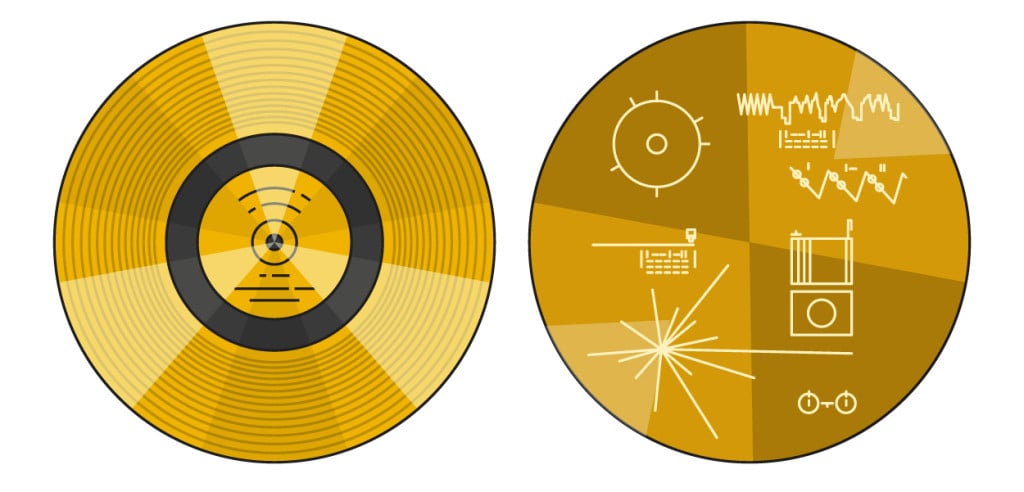
An Honorable Mention
Additionally, the New Horizons spacecraft launched on January 19, 2006 carried the ashes of the renowned astronomer Clyde Tombaugh. Clyde Tombaugh was famous for being the discoverer of the planet Pluto. He did this using a 13-inch astrograph in the Lowell Observatory.
The scientists at NASA put a small amount of Clyde Tombaugh’s ashes on board the New Horizons spacecraft. It flew past Pluto on July 14, 2015. While this does not qualify for either of the categories discussed above, we can say that this is the farthest-travelled object containing biological human material.
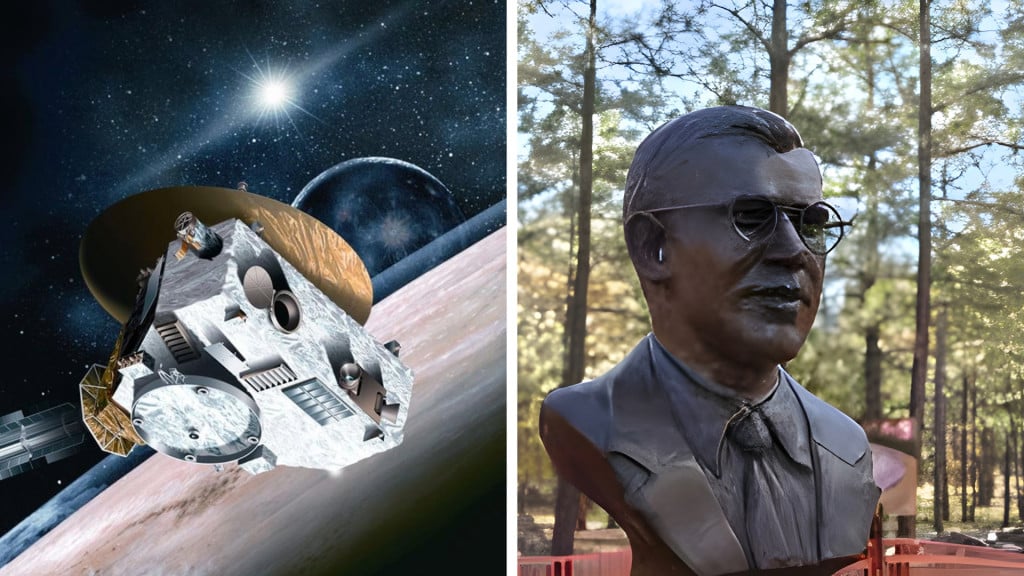
Future Space Exploration
So, here we are. While our technological abilities have allowed us to transcend the solar system, humans have not technically left Earth’s immediate neighborhood. The maximum distance we have gone is just beyond the far side of the Moon. Once the Apollo missions were over, most humans from Earth headed to space stations like the International Space Stations, and during spacewalks. These missions are typically limited to low-Earth orbits.
However, as mentioned, human missions to Mars are seriously being considered. Not only is this limited to governmental space agencies like NASA and ESA, but also by private enterprises like SpaceX and Blue Origin. However, a Mars mission would likely require a collaborative effort between these organizations, since space travel is incredibly expensive. The other issue is time, since we would need a lot of planning and testing for a successful Mars mission.
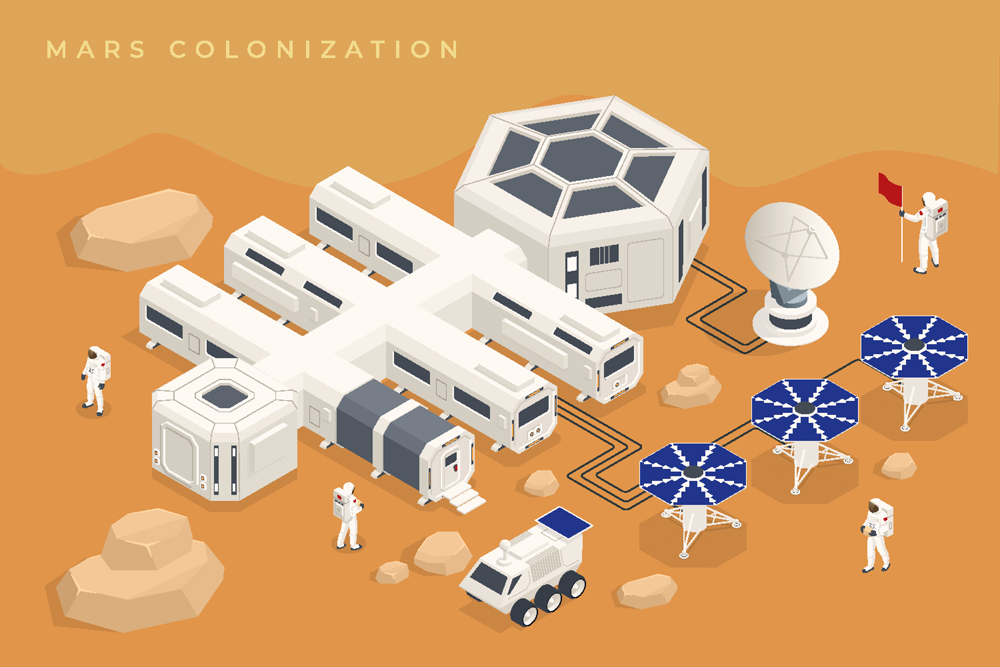
As for missions sending probes into interstellar space, there is a planned mission called the Breakthrough Starshot. The idea is that instead of using rockets, we could use a cloud of tiny chips as the spacecraft, with a sail attached to each chip. These chips are called StarChips. We would then hit these sails with laser beams that powered them, enabling them to reach speeds up to 20% the speed of light.
Using this setup, we plan to send the spacecraft to Alpha Centauri. While our fastest conventional rockets would take around 30,000 years to reach our nearest solar neighbor, the prediction is that Starshot would take only about 20 years!
Thus far, no timeline is available for this mission. While there is money behind the idea, the technology still needs to be extensively developed, especially the sail component. However, if this does manifest into reality, Starshot does have the potential to beat Voyager 1’s impressive (and ever-growing) record.
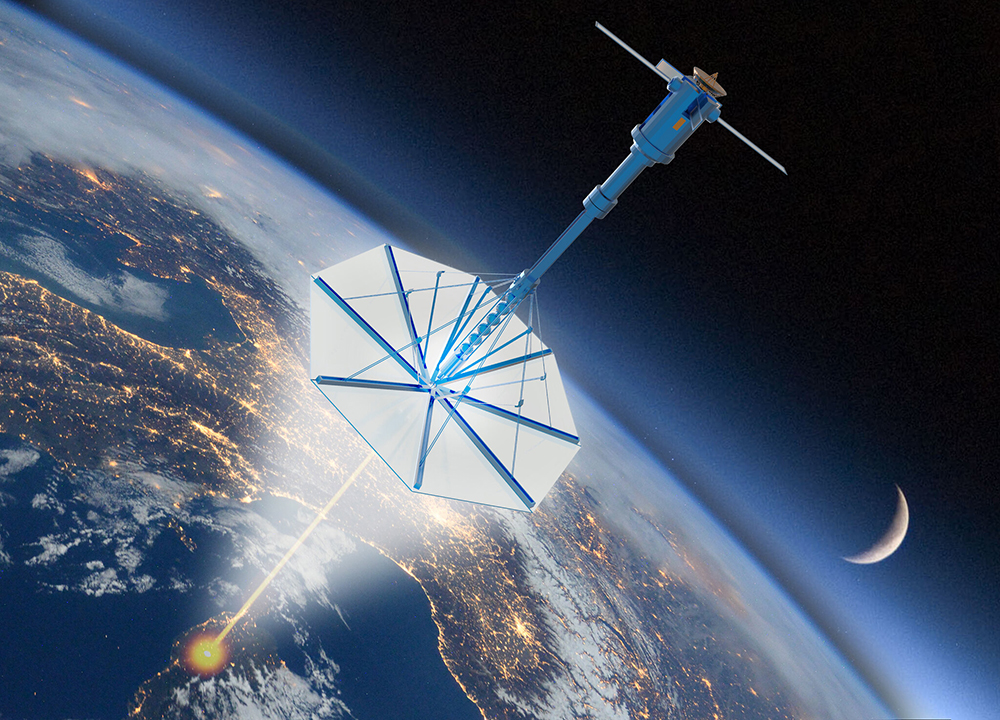
The future of space exploration is indeed promising, but it’s a long-term affair. We can’t give a definite time frame about exactly what will happen—or when. It is certainly in the books, and someday soon, we will surpass the records held by Apollo 13 and Voyager 1!
References (click to expand)
- Space Shuttle Era.
- Apollo 13: Mission Details.
- 50 Years Ago: “Houston, We've Had a Problem”.
- Flight Day 11: Orion Surpasses Apollo 13 Record Distance ....
- How Far Have We Gone into Space?.
- Voyager - NASA.
- The Golden Record - Voyager - NASA.
- Frequently Asked Questions - Voyager - NASA.
- Who Was Clyde Tombaugh?.
- What is the future of space travel?.

